Relax and take it slow as we take a close inspection of tam caps showcasing its deep history, the materials used for it, the various types, some alternatives and contemporaries.
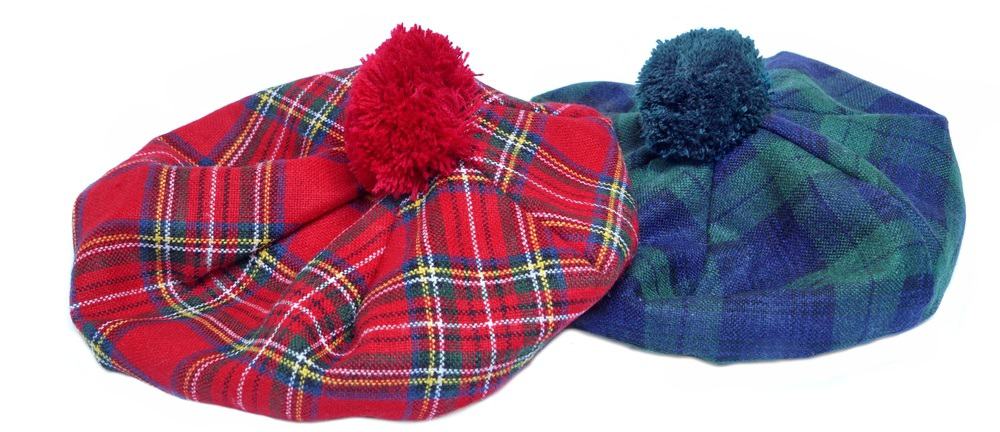
- The tam, tammie, or tam o’shanter is a woolen or felt cap originally worn by Scottish soldiers.
- The tam became very fashionable for women in the 1920s and 1930s.
- Today, the tam is most associated with Rastafari culture.
The tam cap has a fascinating history and has come to symbolize two vastly different cultures, the Scots and the Rastafari. Worn by both men and women, the tam can be made of felt or wool, plain or brightly patterned. Tams are traditional, modern, versatile, cozy, and stylish – not bad for just one hat.
Table of Contents
- What is a tam cap?
- Is the tam cap in fashion?
- What are the different kinds of tam caps, and what are they made of?
- Knitted tam caps
- Rasta tam caps
- How do I wear a tam cap?
- What can I wear instead of a tam cap?
- Pros and cons of tam caps
- A history of tam caps
- Where to buy a tam cap and what to pay for one
What is a tam cap?
A tam, tammie, or tam o’shanter is a round woolen hat that fits neatly around the forehead but has a soft, baggy crown twice the size of the brim. Tams are similar to berets in shape but have a far more slouchy crown. They are also usually worn straight on the forehead, rather than tilted to one side like a beret – but each tam-wearer finds a unique and comfortable tam position.

Traditional Scottish tams are plain colored or plaid, made of felt, and topped by a pom-pom.
Tams were originally menswear. However, in the 1920s, tams became popular with women and were produced in gorgeous fabrics, like velvet and silk. Since then, they’ve been regarded as unisex wear.
The popularity of tams also spread to Jamaica, where they became part of the Rastafari culture, as symbolized by Bob Marley, who was often seen wearing one. Rasta tams are usually crocheted, red-gold-and-green striped, and have an extra-long crown to accommodate long dreadlocks.
Another version of the tam cap is used for graduation ceremonies, like the mortarboard. Graduation tams are usually for students getting their doctorate. However, these tams do not originate from tam o’shanters and are a tradition from the English Tudor period.
Is the tam cap in fashion?
The tam cap is one of those perennially popular winter hats loved by slightly offbeat, artsy types. Given a boost by the steamy Scottish TV romance, Outlander, tam caps are once again in the limelight.
Slouchy tam caps are a great alternative to the on-trend beret, especially if you can get a hand-knitted one in your color – and this applies to men and women.

Of course, tam hats will always be a trend with Rastafari, who wear the hat as a symbol of identity as much as a fashion item.
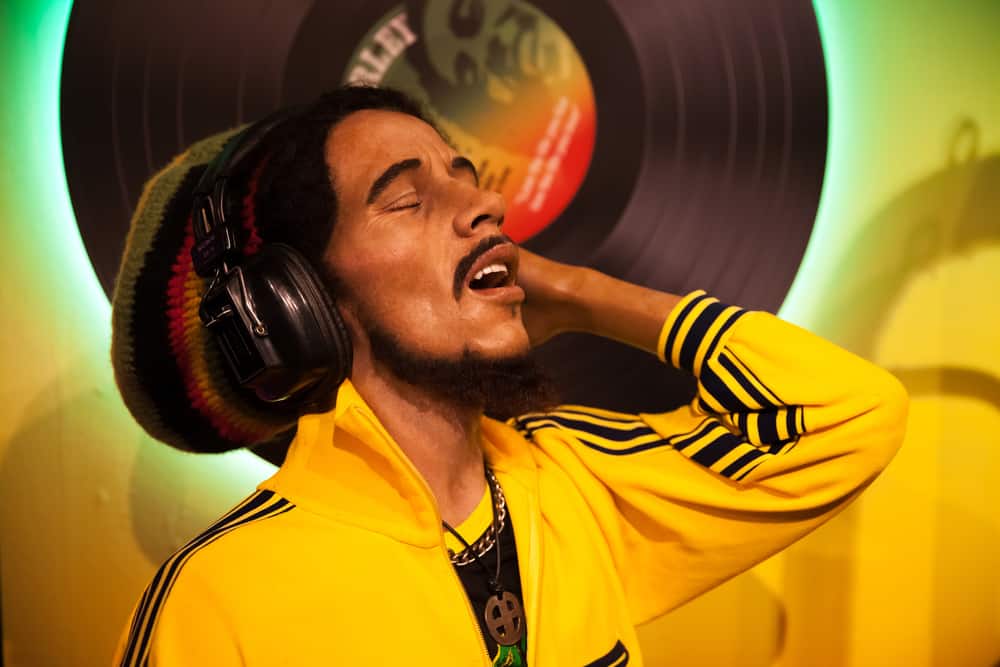
What are the different kinds of tam caps, and what are they made of?
The tam cap’s long history means that the style has evolved, as have the materials they’re made of.
Scottish tam o’shanter

The original Scottish tam o’shanter was made of 100 % pure wool felt and was a plain color, either blue or black. These tams are still worn by soldiers, although fashionable versions are also available.
Scottish tams can also be plaid and come in a variety of tartans. These tams are popular with golfers.
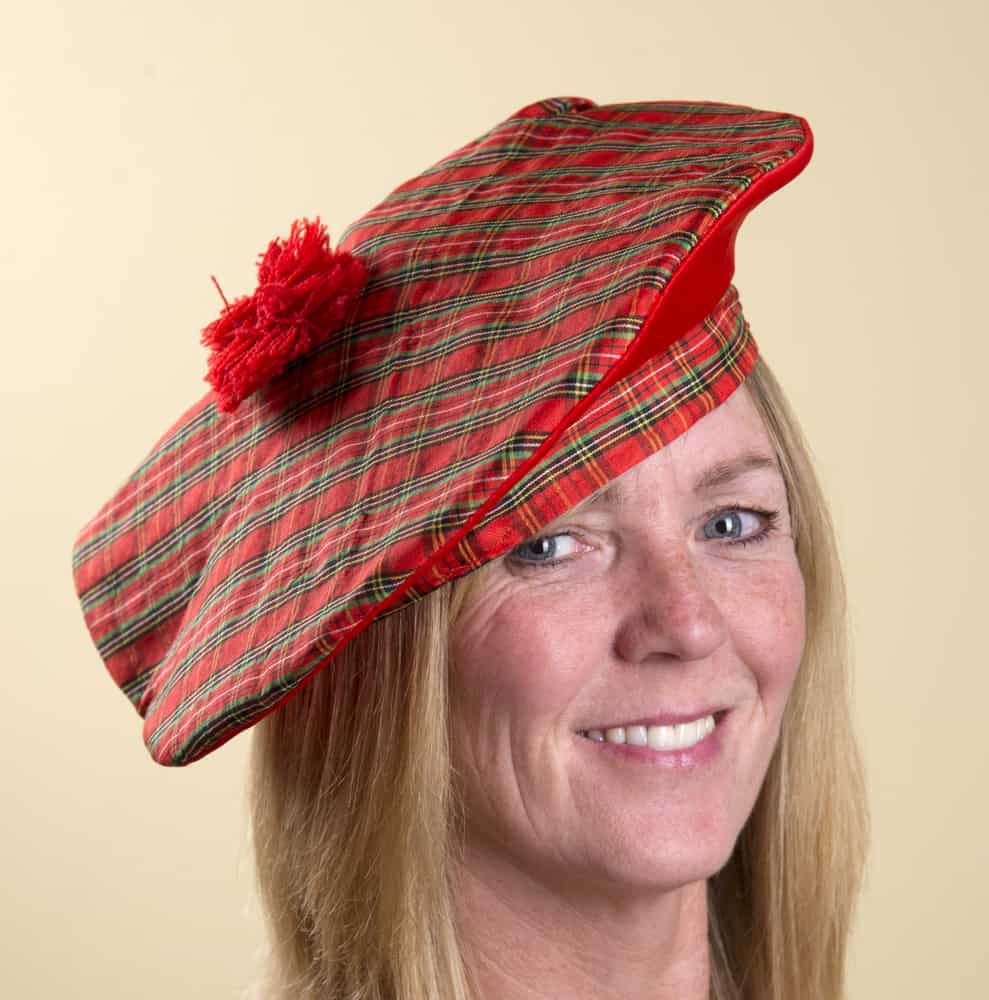
Modern, elegant tams come in tweed for that county gentleman look.

Source: Etsy
Knitted tam caps
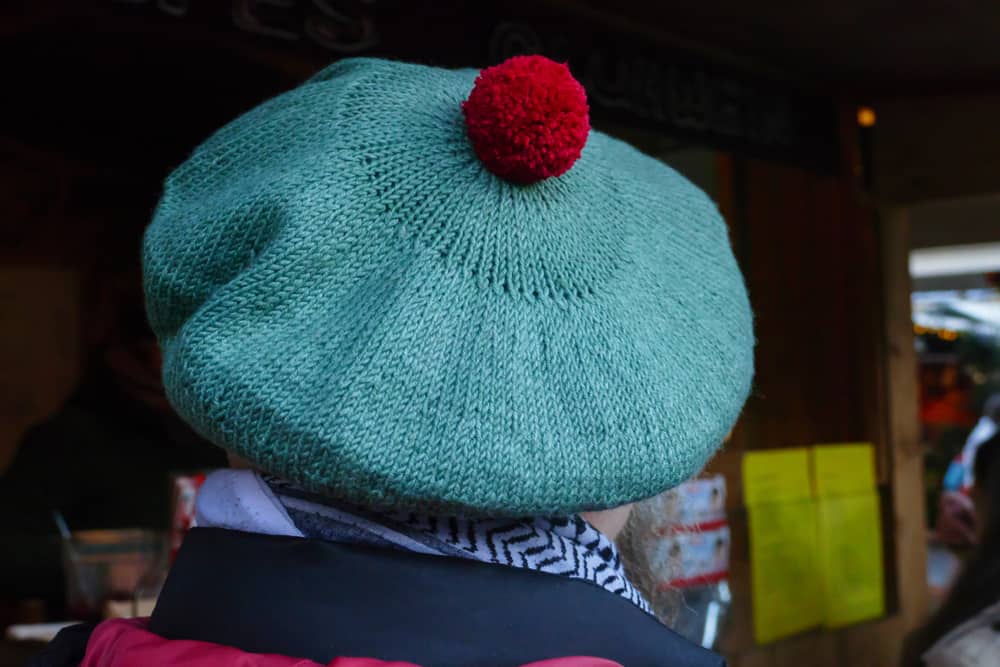
Most tam caps you’ll find in stores are knitted or crocheted and sometimes called slouch hats or slouchy berets. These are easy to make yourself and can be knitted from most types of yarn. Handmade tam caps usually don’t have a pom-pom on top.
Rasta tam caps

Rasta tams are usually crocheted in red, yellow, and green wool. They are different from other tams in that they have really large crowns and a slight peak.
How do I wear a tam cap?
Equally cute on men or women, a tam cap adds a romantic, bohemian touch to any outfit.
A tam cap always looks relaxed and is so soft that you can style it in different ways – wear it pulled straight down over the forehead, and then decide how you want to angle the crown, either to the left or right or leave it hanging towards the back.
The tam is a casual winter hat, so wear a tam to top off your outfit for a walk in the winter sunshine or an evening barbeque. Match your tam to your scarf and gloves for a groomed, self-confident look.
You’d usually take a tam off indoors and while sitting at a table, unless you’re in a bar or casual eatery.

Source: Etsy
What can I wear instead of a tam cap?
If you’re a little intimidated by the loud plaid of a traditional tam cap or the slouchy, over-casual crown of a knitted tam, there are some similar options in the hat world.
A beret

The beret is trending now if you’re looking for a more mainstream alternative to the tam cap. More compact than the tam and always associated with the classic French look, melancholy poets, and idealist protestors, the beret is an elegant choice.
A beanie

The evergreen beanie is a staple of the winter wardrobe and a sleeker alternative to the tam. If you’re not keen on the baggy crown of the tam, wear a more fitted beanie.
A news-boy cap

A news-boy cap is ideal if you prefer a hat with a slight brim but still love the slouchy crown. More face-framing than a tam, the news-boy cap is beloved by celebrities from Brad Pitt to Talyor Swift and is always fashionable.
Pros and cons of tam caps
Tam caps make a strong fashion statement, so you need to decide if they’re going to be your winter go-to.
Pros of wearing a tam cap
- Tams look equally great on men and women.
- Tam caps are cozy and warm in winter.
- Tams are soft, comfortable, and casual.
- Tams are a bad-hair-day lifesaver, as they cover the whole head, and you can tuck your hair right inside.
Cons of wearing a tam cap
- You might end up looking culturally insensitive – a plaid tam looks Scottish, while a striped tam looks Rastafarian.
- A plaid tam might make you look like you’ve escaped from the golf course.
A history of tam caps

The term “tam” is short for Tam O’Shanter, the name of a character in a poem by Scottish poet, Robbie Burns. The poem was written in 1790, but the name only became associated with the hat in the nineteenth century with the Victorian revival of Scottish culture and Burns’ popularity. But tam caps have been around since long before then.
Origins of the tam cap
Tam hats, originally called bonnets, have been worn in Scotland since the seventeenth century. The hats were initially worn by Scottish scholars who had traveled to Europe and found similar flat woolen hats there. The warm hats were ideally suited to the changeable Scottish climate. The pom-pom or toorie, which tops the tam, is a Scottish invention.
These original tams were only in plain colors as synthetic dyes hadn’t yet been invented: most were in natural shades of brown or blue. Tams were therefore known as “bluebonnets”.
By the nineteenth century, the Scottish military wore tams or bonnets, such as the blue Glengarry tam and the Balmoral tam.
The Scottish military continued wearing tams as part of their military uniform during the First World War (1914-1918). Members of pipe bands still wear a similar uniform today.
Tam caps in the twentieth century
In the twentieth century, tam o’shanters began to be produced in various colors and patterns, including plaid. By the 1920s, tams became fashionable for women and were known as “tammies”. The trend was for women to cut their hair short, so sleeker fitting, masculine hats became popular, and the military-style tam and the beret were adopted.
Tammies were made of a variety of materials, included velvet, and decorated with beading and embroidery. An article in The Guardian of 1921 reported that the tammy was “dominating the small-hat system” in women’s fashion.
The Rastafarian tam cap
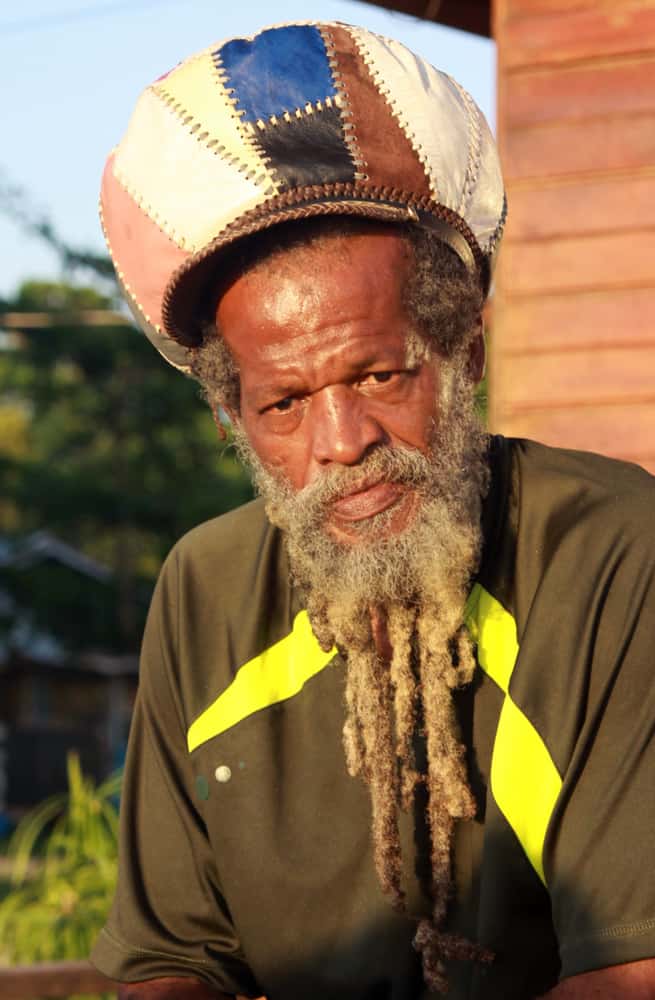
Many Rastafarian men wear tam caps in the Ethiopian colors of red, yellow/gold, and green to symbolize religious and cultural identity. Although some Rastas feel that their religion dictates that they should cover their hair, others interpret this rule differently. Generally, Rastafari wear tams to cover their dreadlocks and keep them clean and tidy – growing your hair long is part of their religious beliefs.
Where to buy a tam cap and what to pay for one
Depending on the style of tam cap you’re looking for, you could be in for some serious money – or as little as it costs to buy yarn and a crochet hook.
If you’re keen on a traditional Scottish tam, you can get them directly from Scotland, where a pure lambswool tam will cost you anything from £50 plus postage.
You can get a plain black woolen tam at Walmart for under $10 or on Amazon for around $20, but for the most beautiful tams, take a look at Etsy or other stores that stock handcrafted items.
Another good source of tams is vintage stores – real wool and tweed just get better with age, and your tam will have a story of its own.



